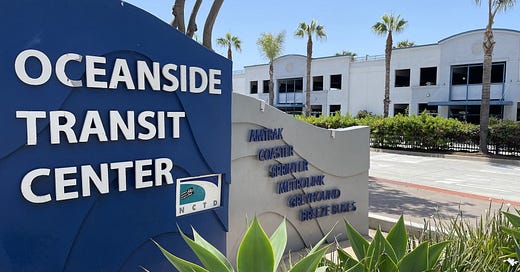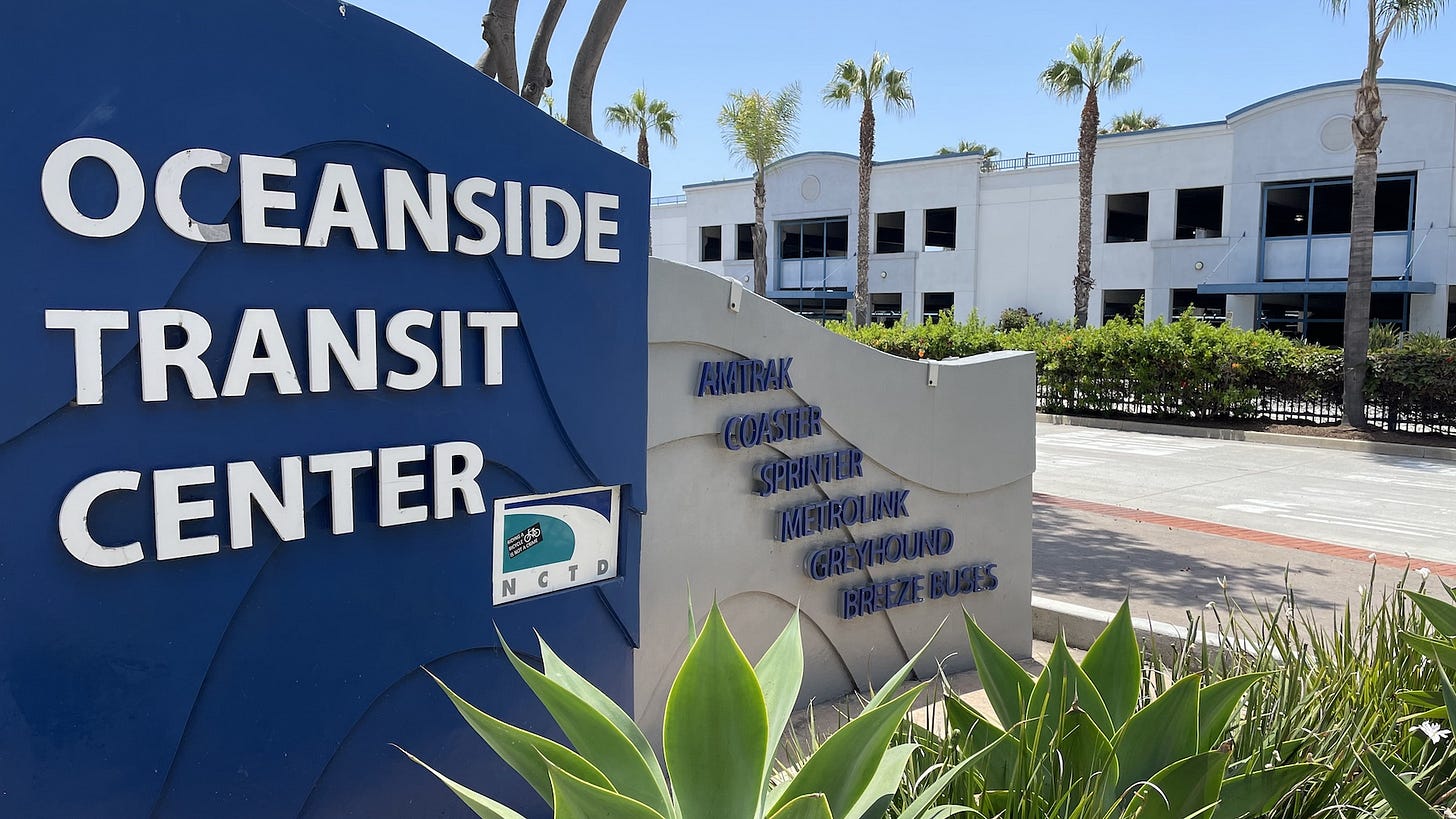Oceanside transit station redevelopment approved by Planning Commission
The 10-acre project features 547 apartments, a hotel, retail, and $100 million in transit upgrades, but faces circulation and pollution concerns
Keep reading with a 7-day free trial
Subscribe to North County Pipeline to keep reading this post and get 7 days of free access to the full post archives.





